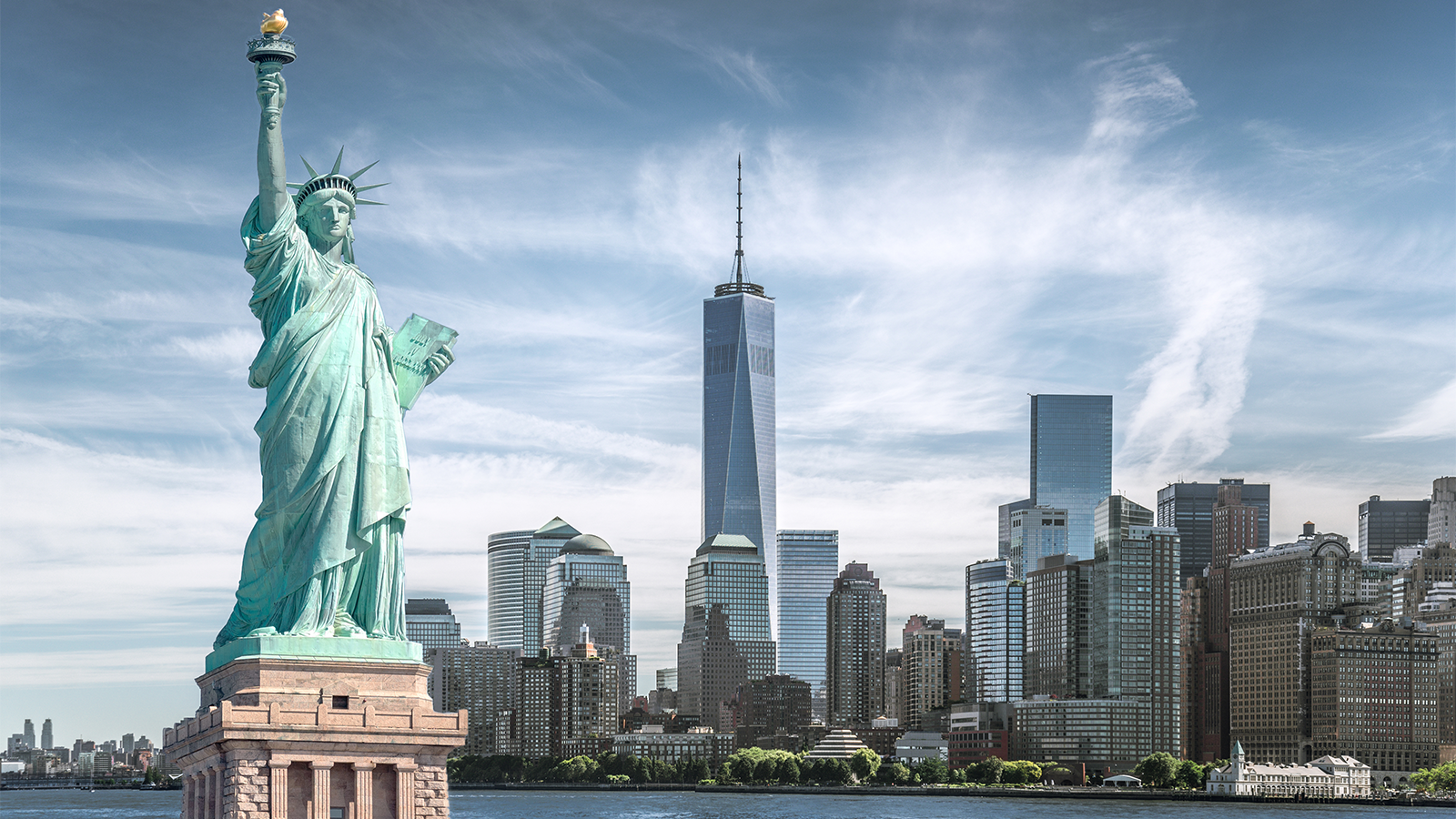
Cunard Line
The age of elegance lives on aboard Cunard's impressive fleet, with white-gloved afternoon teas, grand staircases, exuberant cabins and formal galas in elegant restaurants.
Now that Cunard has observed the centenary of its pioneering world cruise, the famous mantra of dignified excellence has intensified to create not just one of the greatest cruise experiences, but the finest travel money can buy.
2691
Passengers
1250
Crew
2004
Launched
2018
Last refit
148528t
Tonnage
345m
Length
41m
Width
28kts
Speed
12
Decks
USD
Currency
Cruise Itinerary
Day 1
Singapore, Singapore
Day 2
Port Klang, Malaysia
Arrival Time: Early Morning; Depart Time: Evening
Days 3 - 8
At Sea
Relax and make the most of the myriad of facilities available on board the ship, from fantastic entertainment to delicious and diverse dining options.
Day 9
Mauritius, Mauritius
Arrival Time: Early Morning; Depart Time: Evening
Days 10 - 12
At Sea
Relax and make the most of the myriad of facilities available on board the ship, from fantastic entertainment to delicious and diverse dining options.
Day 13
Durban, South Africa
Arrival Time: Early Morning; Depart Time: Evening
Days 14 - 15
At Sea
Relax and make the most of the myriad of facilities available on board the ship, from fantastic entertainment to delicious and diverse dining options.
Days 16 - 17
Cape Town, South Africa
Depart Time: Evening
Day 18
At Sea
Relax and make the most of the myriad of facilities available on board the ship, from fantastic entertainment to delicious and diverse dining options.
Day 19
Walvis Bay, Namibia
Arrival Time: Early Morning; Depart Time: Evening
Days 20 - 25
At Sea
Relax and make the most of the myriad of facilities available on board the ship, from fantastic entertainment to delicious and diverse dining options.
Day 26
Dakar, Senegal
Arrival Time: Early Morning; Depart Time: Evening
Days 27 - 28
At Sea
Relax and make the most of the myriad of facilities available on board the ship, from fantastic entertainment to delicious and diverse dining options.
Day 29
Santa Cruz de Tenerife, Spain
Arrival Time: Early Morning; Depart Time: Afternoon
Day 30
At Sea
Relax and make the most of the myriad of facilities available on board the ship, from fantastic entertainment to delicious and diverse dining options.
Day 31
Cádiz, Spain
Arrival Time: Morning; Depart Time: Evening
Days 32 - 33
At Sea
Relax and make the most of the myriad of facilities available on board the ship, from fantastic entertainment to delicious and diverse dining options.
Day 34
Southampton, England

Day 1
Singapore, Singapore

Day 2
Port Klang, Malaysia

Days 3 - 8
At Sea

Day 9
Mauritius, Mauritius

Days 10 - 12
At Sea

Day 13
Durban, South Africa

Days 14 - 15
At Sea

Days 16 - 17
Cape Town, South Africa

Day 18
At Sea

Day 19
Walvis Bay, Namibia

Days 20 - 25
At Sea

Day 26
Dakar, Senegal

Days 27 - 28
At Sea

Day 29
Santa Cruz de Tenerife, Spain

Day 30
At Sea

Day 31
Cádiz, Spain

Days 32 - 33
At Sea

Day 34
Southampton, England
Ship Details


Cunard Line
Queen Mary 2
Queen Mary 2 is a remarkable flagship, her style and elegance are legendary. Above all, it‘s the space she offers and the luxury for you to do as little or as much as you wish which sets her apart.
Cabins
All Prices













